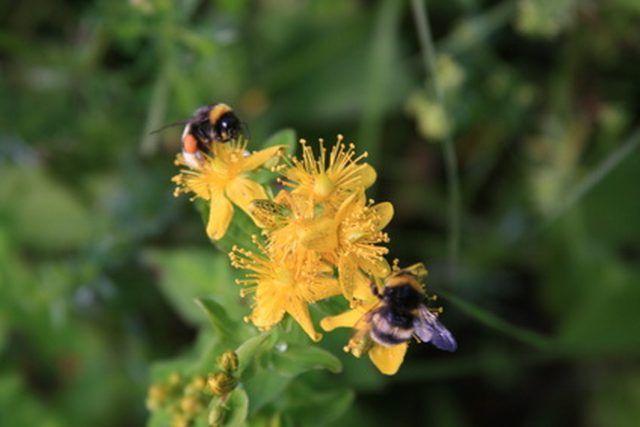Bulbs
Flower Basics
Flower Beds & Specialty Gardens
Flower Garden
Garden Furniture
Garden Gnomes
Garden Seeds
Garden Sheds
Garden Statues
Garden Tools & Supplies
Gardening Basics
Green & Organic
Groundcovers & Vines
Growing Annuals
Growing Basil
Growing Beans
Growing Berries
Growing Blueberries
Growing Cactus
Growing Corn
Growing Cotton
Growing Edibles
Growing Flowers
Growing Garlic
Growing Grapes
Growing Grass
Growing Herbs
Growing Jasmine
Growing Mint
Growing Mushrooms
Orchids
Growing Peanuts
Growing Perennials
Growing Plants
Growing Rosemary
Growing Roses
Growing Strawberries
Growing Sunflowers
Growing Thyme
Growing Tomatoes
Growing Tulips
Growing Vegetables
Herb Basics
Herb Garden
Indoor Growing
Landscaping Basics
Landscaping Patios
Landscaping Plants
Landscaping Shrubs
Landscaping Trees
Landscaping Walks & Pathways
Lawn Basics
Lawn Maintenance
Lawn Mowers
Lawn Ornaments
Lawn Planting
Lawn Tools
Outdoor Growing
Overall Landscape Planning
Pests, Weeds & Problems
Plant Basics
Rock Garden
Rose Garden
Shrubs
Soil
Specialty Gardens
Trees
Vegetable Garden
Yard Maintenance
How to Get Rid of Bees Around the Home
How to Get Rid of Bees Around the Home. Bees are an important part of our ecosystem. Despite their benefits, bees can be bothersome around the house. Furthermore, a bee sting is painful and can be fatal for those who are allergic to the insects. Removing bees from around the house should only be done if absolutely necessary. There are a couple of...

Bees are an important part of our ecosystem. Despite their benefits, bees can be bothersome around the house. Furthermore, a bee sting is painful and can be fatal for those who are allergic to the insects. Removing bees from around the house should only be done if absolutely necessary. There are a couple of different ways to remove bees from around your home. Care must be taken when killing bees to avoid any injury from the bees stinging.
Things You'll Need
6 Tbsp. liquid dish soap
? gallon water
Large stick
Bucket
Borax powder
Dish Soap and Water
Pour 6 Tbsp. liquid dish soap into a bucket. Add 1/2 gallon water to the bucket. Use your hands to thoroughly mix up the soap and water.
Locate the bee's nests. Look in hollow trees, areas of the yard with high sun exposure, on the ground and in dry areas of the yard. These are the most common areas for bees to build hives. If there is more than one bees' nest, use the soap and water mixture for each of the separate nests.
Dump the bucket of soapy water directly onto the bees' nest. Make sure to get away as quickly as possible after dumping the water.
Repeat this process the next day if you notice bees still traveling to the nest. It may take several applications to get rid of the bees. If the bees' nest is in the ground, fill the area with dirt to completely cover the nest.
Knock the nest down with a large stick once all of the bees are gone. Discard the nest in the trash.
Boric Acid
Sprinkle borax powder around the area where you notice bees. If you have access to the nest, sprinkle a generous amount directly into the nest. If you cannot locate the nest, sprinkle the borax in the areas where you have noticed the bees. The powder will stick to them and they will carry it back to their nest.
Wait a few days to see if the bees are still lurking around the house. Repeat the application of borax if you still notice the bees.
Knock down the bee's nest with a large stick once you are sure all of the bees are out of the nest. Discard the nest in the trash.
Tips & Warnings
Contact a local beekeeper to remove bees' nests if you do not want to kill the bees or risk injuring yourself.
Apply the bee killer at nighttime when the bees are in the nest. This is the most effective way to get rid of the majority of the bees.
Insecticides can also be used to get rid of bees. Most insecticides contain harmful chemicals that are dangerous for people and other beneficial insects. Exhibit caution when using insecticides and only use them if absolutely necessary.
Boric acid is low in toxicity but it should not be placed in an area where children or household pets have access. It can be harmful if swallowed or ingested.
Wear thick clothing that covers your arms and legs to protect yourself from possible bee stings.